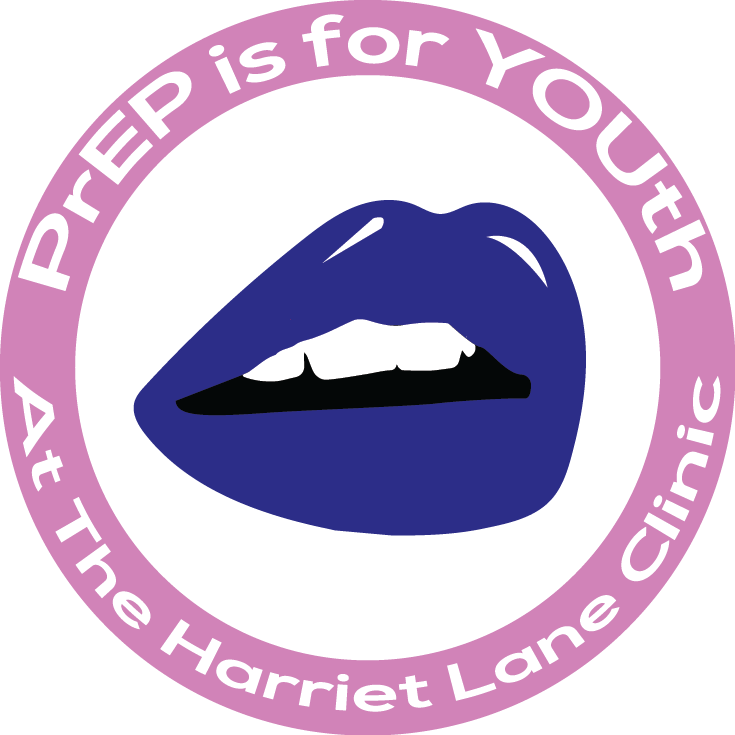Blog #7: Sexually Transmitted Infections
Sexually transmitted infections (STIs) are bacteria or viruses that pass between people through sexual contact. So how can you protect yourself during sex from something you can’t see? Read below about some of the different STIs out there and what you can do to lower your risk of getting/giving an infection!
CHLAMYDIA: a bacteria that infects the inside of the penis, throat, or anus.
Signs/Symptoms: clear or white discharge from the penis, a burning sensation while urinating, painful or swollen testicles, and/or anal discharge, pain, or bleeding while defecating.
Treatment: with oral antibiotics (and fairly easily!).
Transmission prevention: use a condom every time you have oral, anal, or vaginal sex and have you and your partner(s) get tested for chlamydia before having sex.
GONORRHEA: a bacteria that infects the opening of the penis, throat, or anus.
Signs/Symptoms: white, yellow, or green discharge from the penis, a burning sensation while urinating, painful or swollen testicles, and/or anal discharge, pain, or bleeding while defecating.
Treatment: with oral antibiotics (and fairly easily!).
Transmission prevention: use a condom every time you have oral, anal, or vaginal sex and have you and your partner(s) get tested for gonorrhea before having sex.
SYPHILIS: a bacteria that causes sores on the mouth, penis, and anus and spreads throughout the body.
Signs/Symptoms: the first sign of syphilis is a small, painless sore called a chancre, which you may or may not notice. After the initial sore heals, the second stage causes a skin rash across the body, palms, and soles of feet and possibly painless bumps (or warts) between the butt cheeks.
Treatment: with injected antibiotics or oral antibiotics taken for 2-4 weeks.
Transmission prevention: use a condom every time you have oral, anal, or vaginal sex and have you and your partner(s) get tested for syphilis before having sex.
HUMAN PAPILLOMAVIRUS (HPV): a virus that can cause warts on the penis, throat, or anus.
Signs/Symptoms: small and often painless bumps (or warts) may appear on your mouth, genitals, or anal area.
Treatment: there is no cure for genital warts, but they can be removed by a doctor.
Transmission prevention: ask your doctor about getting vaccines (usually a series of 3) to prevent HPV.
HERPES: a virus that can cause painful sores on the penis, mouth, and anus.
Signs/Symptoms: one or more blisters on or around the penis, mouth, or anus that can break and leave painful sores that can take weeks to heal.
Treatment: there currently is no cure, but there are medications that can prevent or shorten outbreaks.
Transmission prevention: use a condom every time you have oral, anal, or vaginal sex. If you have herpes, talk to your doctor about taking anti-herpes medications to reduce the risk of transmission to any sexual partners.
HUMAN IMMUNODEFICIENCY VIRUS (HIV): q virus that attacks your immune system.
Signs/Symptoms: may experience a flu-like illness 2-4 weeks after being infected.
Treatment: there currently is no cure for HIV. However, modern HIV treatments, such as PrEP, are very effective in helping people with HIV live long and healthy lives.
Transmission prevention: use a condom every time you have oral, anal, or vaginal sex. Talk to your doctor about taking PrEP (see Blog #6) or PEP, and DO NOT share injection needles. See Blog #3 for more ways to reduce HIV transmission risk!
